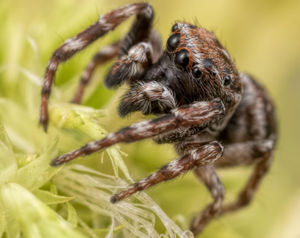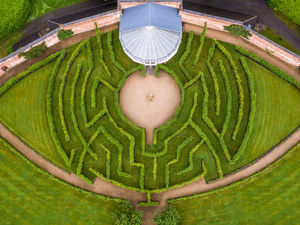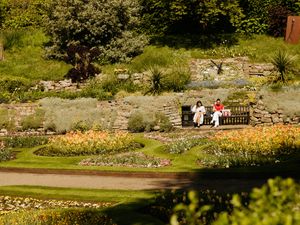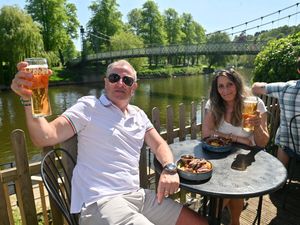Rare money spider found in Shropshire
A nationally vulnerable species of money spider has been re-discovered at a nature reserve after a lapse of 24 years.

The Carorita limnaea has been found this autumn at Fenn’s, Whixall, and Bettisfield Mosses National Nature Reserve (NNR), near Whitchurch.
In addition, another nationally scarce jumping spider, Sitticus caricis, has been recorded for the first time as well as Glyphesis cottonae, Cotton’s amazon spider.
They were all found while searching for the rare jumping spider Sitticus floricola, which, despite extensive searches since, has not been spotted at the reserve since 2004.
Dr Joan Daniels, Marches Mosses BogLIFE project officer said: “The jumping spiders are particularly attractive, hunting actively by day and sealing themselves in silken cells at night to sleep.
“This is in contrast to most spiders, which are more active at night.
“Whereas most spiders that detect their prey through sensory hairs and vibrations on their webs, the jumping spiders look very personable as they have big forward facing eyes to give them binocular vision to help them to judge how far to jump.
“They can also move their retinas back to give them very sharp eye-sight to focus on their prey, and can jump about 10 times their body length.
“Amusingly, they often jump onto camera lenses when people are trying to photograph them.”
All the spiders are specialists of wet bog habitats in Britain, living in Sphagnum bogmoss. Carorita limnaea has only been recorded at two sites in the UK – Whixall Moss in 1993 and Wybunbury Moss.
In the last 25 years, the Sitticus caricis jumping spider has only been recorded at four sites on Anglesey, a handful of sites the south-east of England and has shown major national declines over the last 30 years.
Cotton’s amazon spider is currently only known from four others areas in the UK and similarly has been lost from much of its range in recent decades.
Extensive Restoration work to the mosses has meant these rare bog spiders have been able to thrive on Whixall Moss. Internationally important raised bog wetland now replaces vast swathes of dry bare peat where mire species great and small can thrive. In partnership with Natural Resources Wales and Shropshire Wildlife Trust, Natural England will build on this success in the coming years with a multi-million pound package of improvements through the European LIFE and Heritage Lottery-funded Marches Mosses BogLIFE Project.
Dr Daniels added “This is a fantastic find, of nationally important spiders which can only live on bogs. It’s one of the many reasons to save and restore this, Britain’s third largest raised bog. It is wonderful to know that all of that restoration work here is paying off and populations of this very rare money spider and the gorgeous little stripy jumping spider are now increasing.”





